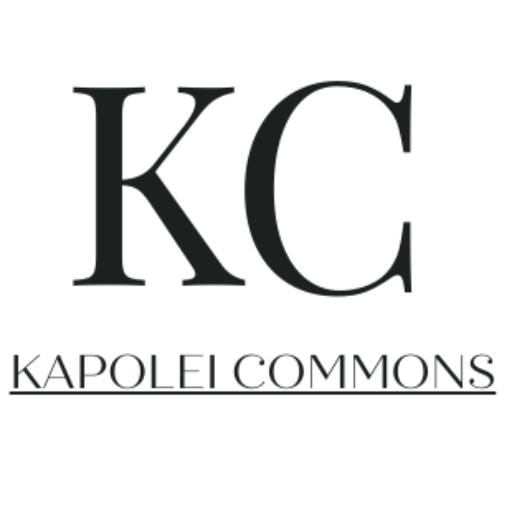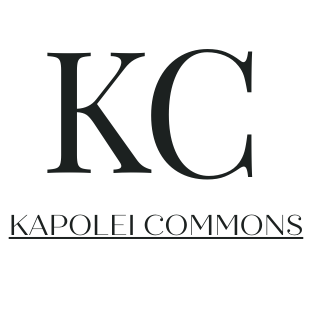In a world increasingly valuing diversity and inclusion, many organizations are earnestly working to build equitable workplaces. Yet, progress in the domain of hiring is often stymied by well-intentioned but superficial efforts that fail to bring about substantial change. This blog post details a holistic approach to hiring that digs deeper than checkboxes and quotas, advocating for a transformation that starts at the roots of recruitment and extends into the fabric of your culture.
The Problem with Superficial Approaches
Before we explore what a substantive strategy for diversity and inclusion looks like, it’s crucial to understand why superficial approaches fall short. Tokenism, unconscious bias training without accountability, and window-dressing initiatives that add little more than a different face to the company brochures are occurrences far too common. These often well-funded but ill-thought measures only serve to frustrate employees from underrepresented groups and make it evident that real change is not a priority.
To avoid these pitfalls, organizations must recognize that diversity and inclusion are not HR issues; they are business imperatives that require commitment from every level of the company.
Shifting From Quotas to Underlying Systems
Many firms turn to quotas in the pursuit of a diverse workforce, but these can backfire, leading to resentment and tokenism. Instead, the focus should be on the underlying systems and biases that influence the hiring process. This might mean reevaluating job descriptions, changing where you advertise open positions, or reworking your interview process to be more inclusive.
The language used in job postings, for example, can inadvertently deter certain groups from applying. Shifting to a more neutral and inclusive language can significantly expand your talent pool. Additionally, rethinking the weight of pedigree and cultural fit in the hiring decision can open the door to a more diverse group of candidates.
Transparency and Accountability
Without transparency and accountability, even the best-intentioned diversity and inclusion efforts can fall flat. It is vital to communicate clearly about the company’s goals and progress, including areas where improvement is needed. Leaders should be transparent about the demographics of their workforce and the strategies they’re employing to change them.
Accountability goes hand in hand with transparency. Without clear targets and assessment tools, it is impossible to measure whether your efforts are having an impact. This is more than just statistical analysis; it is about creating accountability across the organization for the state of diversity and inclusion and making that a part of everyone’s evaluation.
The Role of Technology in D&I Hiring
By incorporating remote work arrangements and video interviews, companies can eliminate unconscious bias that may arise from physical appearance or presence. At the end of the day, the goal is to create a more inclusive workforce, where every employee feels valued and supported. If you want to learn more about how technology is revolutionizing the hiring process, there are plenty of resources available online.
However, it’s important to use these tools thoughtfully. They are not a one-size-fits-all solution and can introduce their biases if not carefully calibrated and monitored.
Cultivating Diversity in Company Culture
To truly excel in diversity and inclusion, you need to cultivate a company culture that values different perspectives and experiences. An inclusive culture is one where all employees feel safe to share their ideas, and where their contributions are recognized and treated equitably. Building such a culture takes time and requires a long-term commitment from every member of the organization.
Starting with leadership, all stakeholders must champion this culture, fostering an environment where diversity is not only accepted but celebrated. This means not only establishing policies and procedures that support diversity but also enacting them in a meaningful way.
Leveraging Employee Resource Groups (ERGs)
Employee Resource Groups (ERGs) can be a powerful way to engage your workforce in the diversity and inclusion conversation. These groups give employees from underrepresented backgrounds a voice, as well as create a sense of community and belonging. They are an opportunity for collaboration, fostering an environment where varied perspectives can inform company policy and culture.
ERGs must be given the space, support, and resources to flourish. They should be more than just a tick-box exercise and should have input into wider company strategy, not just D&I policies.
The Importance of Ongoing Education and Training
Education and training are foundational in the quest for diversity and inclusion. Traditional anti-bias workshops can lay the groundwork, but ongoing education is necessary to turn awareness into action. This includes training on culturally responsive practices, inclusive leadership, and the understanding of intersectionality.
Such training should be mandatory for all employees, from the C-suite to the entry level. Beyond that, investing in educational programs that foster a deeper understanding of diversity issues can further the growth and development of your entire organization.
Aligning Recruitment with Company Values
In many organizations, recruitment operates as a separate entity. But to achieve true diversity and inclusion, your hiring practices must align with the values and goals of the company. This means that every recruiter, hiring manager, and interviewer must understand and champion the organization’s commitment to D&I.
Recruitment and HR should be seen as strategic partners in building a diverse workforce. They must work together to create recruitment strategies that attract, hire, and retain a broad spectrum of candidates.
Measuring Success Beyond the Hire
Ultimately, the goal of any D&I hiring initiative is not simply to hire a diverse workforce, but to create an inclusive and equitable workplace. Measuring success, therefore, must go beyond the number of diverse hires and look at how these employees are integrated and supported within the company.
Are they represented in leadership roles and decision-making processes? Do they have the same opportunities for advancement as their peers? Collecting this data, analyzing it, and making adjustments as needed are critical steps in creating a truly inclusive organization.
Conclusion
Building a diverse and inclusive workforce is a complex, ongoing process that requires commitment and a willingness to change. It is not enough to simply fill quotas or go through the motions of D&I; it must be woven into the very fabric of your organization, from your hiring practices to your company culture.
By focusing on systemic changes, fostering an inclusive culture, and leveraging the right tools and education, you can create a workplace that not only looks diverse but also operates in a way that reflects the diverse world we live in. This is not just the right thing to do; it is the path to a more innovative, creative, and successful future for your organization.



Leave a Comment